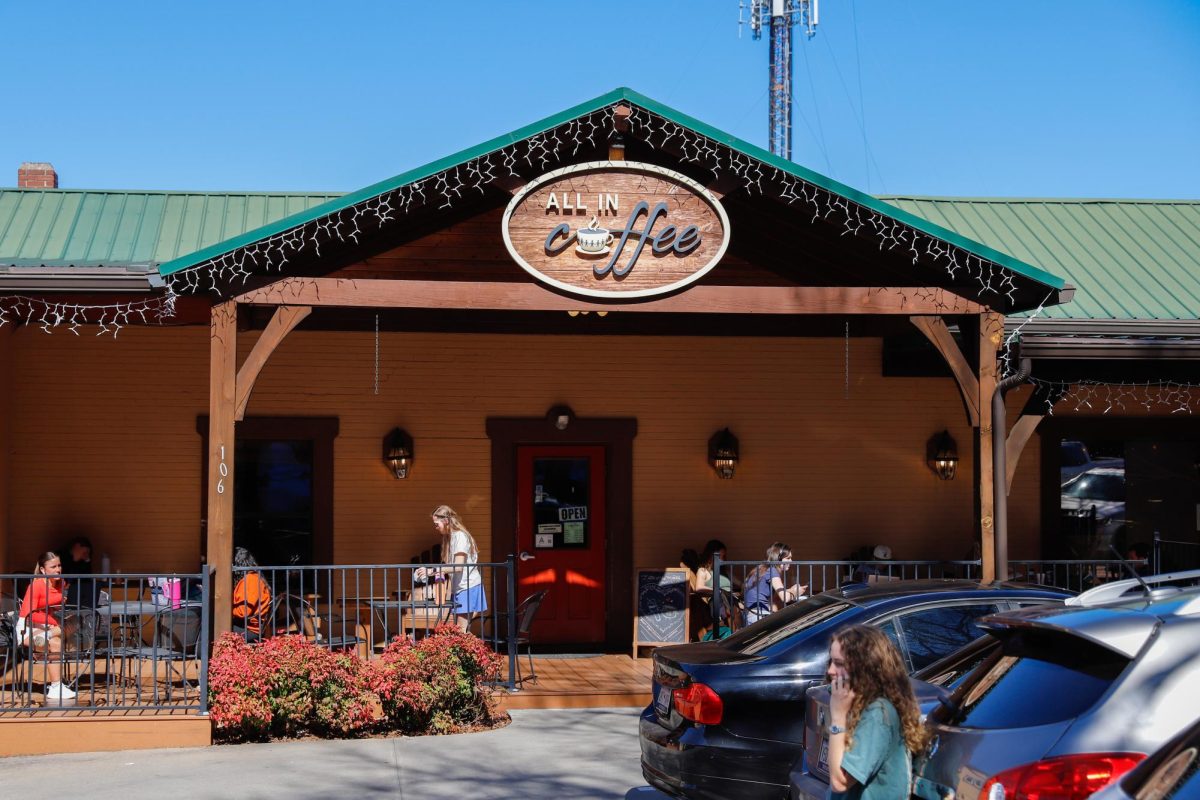The French inscription on the chimney of the Hanover House, “Peu A Peu,” translates to “Little by little.”
It’s one that suits the tiny house—and it’s journey—well.
The Hanover House turns 300 this year. The wooden cottage first came to Clemson University in 1941, where it served as a preservation project for architecture students and professors. These professors and students meticulously took the house apart, labeled and photographed every inch so that the cottage could be reconstructed exactly as it had looked on the shores of Lake Cooper.
Hanover then was transferred to the S.C Botanical Gardens in 1994 where it sits today. Students can tour a nationally historical museum house right outside of campus.
The house’s journey began in 1668, with the Catholic persecution of French Huguenots. Huguenot Pierre de St. Julien and his family immigrated to South Carolina, where they purchased land by the Cooper River. St. Julien’s son, Paul St. Julien, began the Hanover construction in 1714. It was finished in 1716.
The name Hanover is derived from King George I, the Elector of a small North German city called Hanover and the King of Great Britain and Ireland, who helped French Huguenots escape religious persecution.
The house passed through the St. Julien lineage for 150 years, until the last living relative of the family died during the civil war. The home fell into disarray in the 20th century with failed attempts of preservation. That is, until Clemson Trustee Robert M. Cooper suggested Clemson take the house into it’s own hands.
William Hiott, Director of Clemson’s Historic Properties, said in a press release that Clemson’s involvement with the house resembled something close to a creative inquiry.
“I think architecturally its quite unique. Its age, its antiquity, in some ways it may seem like a lot of colonial revival homes… architecturally its an interesting house. That’s why it was preserved.” Hiott points out that the house is a combination of different styles of housing; European, Caribbean, Guadalupe, St Cory, Barbados, the Bahamas and many other places the French had been. “It became sort of a new American style.”
Hiott has been attempting to better tell the Hanover House story.
Efforts are also under way to document and tell the story of enslaved African-Americans who labored on the Berkeley County rice plantation.
Hiott and Landscape Architect Shannon Barrott are also planting crops and plants on the property that will reflect agriculture similar that of St. Julien’s time.
“[Hanover House] has a really rich history. Its one of the oldest residences existing in South Carolina, its the second oldest wooden structure, “ said Hiott.
Hiott said his hopes are to make the house the best it can be so that that more people will visit and experience such a historically unique and significant home.
“We’re always having folks stop in while they’re here at the Botanical Gardens,” said Hiott, “ The house is a reminder of of the early colonists who settled in the state, survived through harsh climates and eventually thrived here.”
Categories:
The “little by little” home: Historic Hanover House celebrates its 300th birthday this year
Chris Edwards, Contributor
October 10, 2016
0
Donate to The Tiger
Your donation will support the student journalists of Clemson University. Your contribution will allow us to purchase equipment and cover our annual website hosting costs.
More to Discover







